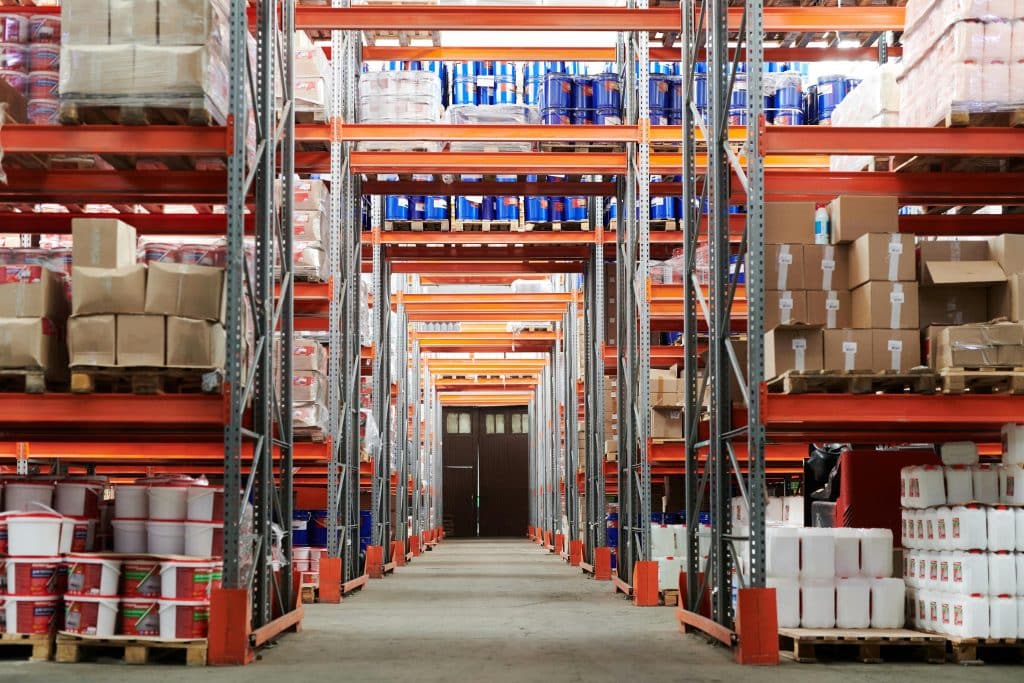Warehouse and logistics facilities are essential hubs in the global supply chain, storing and distributing goods to meet consumer demands. However, these large-scale operations pose unique fire safety challenges due to the storage of flammable materials, high ceilings, and extensive floor areas. In this blog post, we’ll explore the critical importance of fire safety in warehousing and logistics, focusing on fire prevention strategies, storage arrangements, and sprinkler systems to minimise the risk of fire incidents and ensure the uninterrupted flow of goods.
Understanding the Risks:
Warehouses and distribution centres often contain a wide range of materials, including flammable liquids, gases, and combustible goods. Additionally, the sheer size of these facilities and the presence of automated machinery and conveyor systems can complicate fire detection and suppression efforts. As a result, fire safety in warehousing and logistics requires a comprehensive approach that addresses both fire prevention and emergency response measures.
Fire Prevention Strategies:
- Housekeeping: Maintaining a clean and organised warehouse environment is essential for fire prevention. Regular housekeeping practices, such as removing combustible debris, managing waste materials, and keeping aisles clear, can reduce the likelihood of fire ignition and limit the spread of flames.
- Hazardous Materials Storage: Proper segregation and storage of hazardous materials are critical to prevent accidental spills or leaks that could fuel a fire. Flammable liquids, gases, and chemicals should be stored in designated areas equipped with appropriate containment measures, such as secondary containment trays or bunding.
- Electrical Safety: Electrical faults and malfunctions are common causes of warehouse fires. Implementing regular inspection and maintenance programmes for electrical systems and equipment can help identify potential hazards, such as overloaded circuits, damaged wiring, or faulty machinery, and prevent electrical fires from occurring.
- Smoking Policies: Implement strict no-smoking policies within warehouse facilities to eliminate the risk of accidental ignition from discarded cigarettes or smoking materials. Clearly marked designated smoking areas outside the building can help prevent unauthorised smoking on-site.
Storage Arrangements:
- Racking Systems: Properly designed and installed racking systems play a crucial role in fire safety by maximising storage capacity while maintaining adequate aisles for fire access and sprinkler coverage. Ensure that racking configurations comply with relevant safety standards and do not obstruct fire exits or emergency pathways.
- Vertical Storage: Utilising vertical storage solutions, such as mezzanine levels or multi-tier shelving systems, can help optimise space efficiency in warehouses. However, careful consideration must be given to fire safety requirements, including adequate fire protection measures and accessibility for firefighting personnel.
Sprinkler Systems:
Automatic sprinkler systems are one of the most effective fire suppression measures in warehouse and logistics facilities. These systems consist of strategically placed sprinkler heads connected to a water supply, which activates in response to heat, quickly extinguishing or controlling fires before they can spread.
Fire safety in warehousing and logistics is a multifaceted endeavour that requires proactive measures to prevent fires and robust systems to respond effectively in the event of an emergency. By implementing comprehensive fire prevention strategies, optimising storage arrangements, and installing reliable sprinkler systems, warehouse operators can mitigate the risk of fire incidents and ensure the uninterrupted flow of goods through distribution centres. Investing in fire safety not only protects property and assets but also safeguards the well-being of employees and the continuity of business operations in the face of potential fire hazards.


